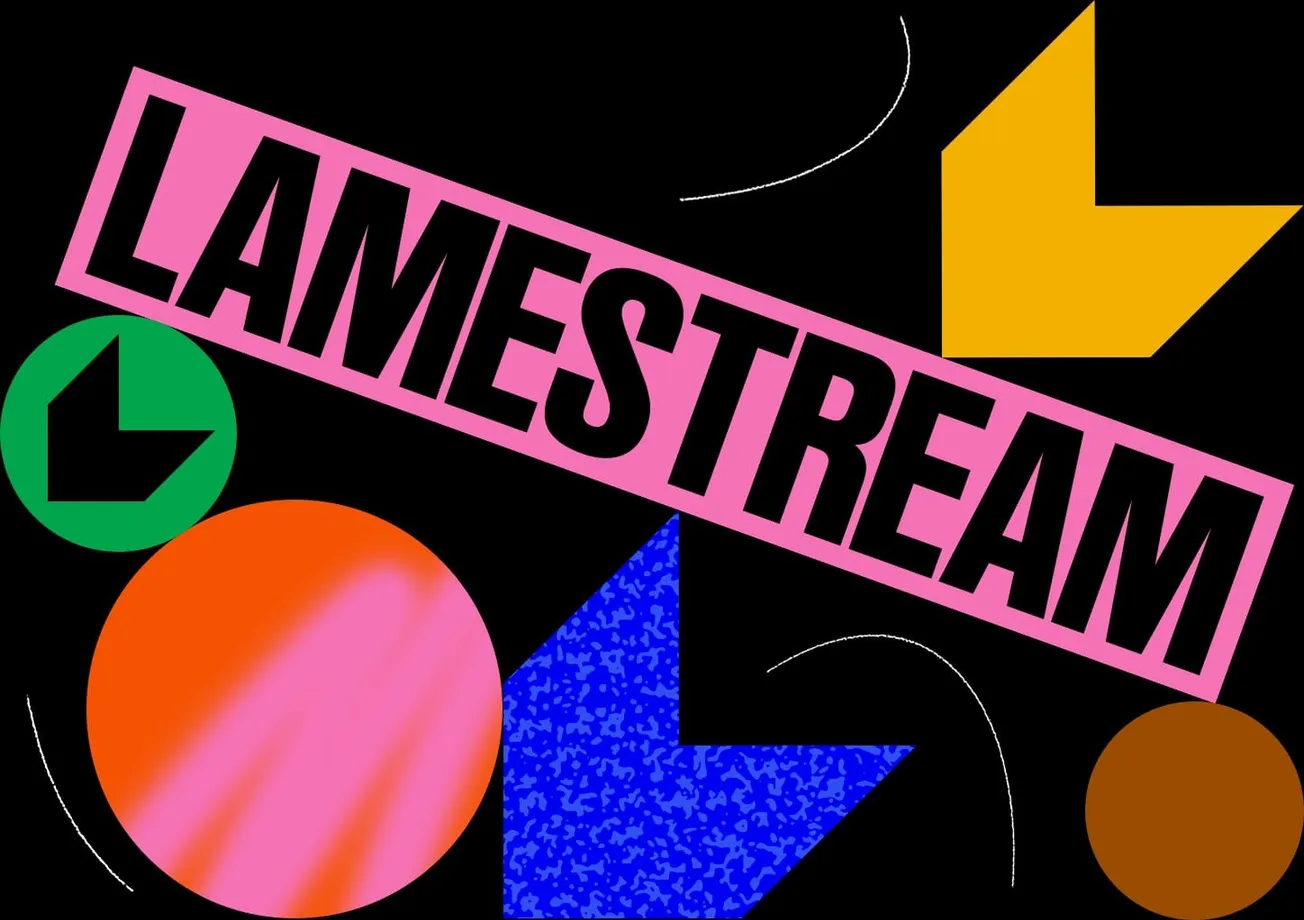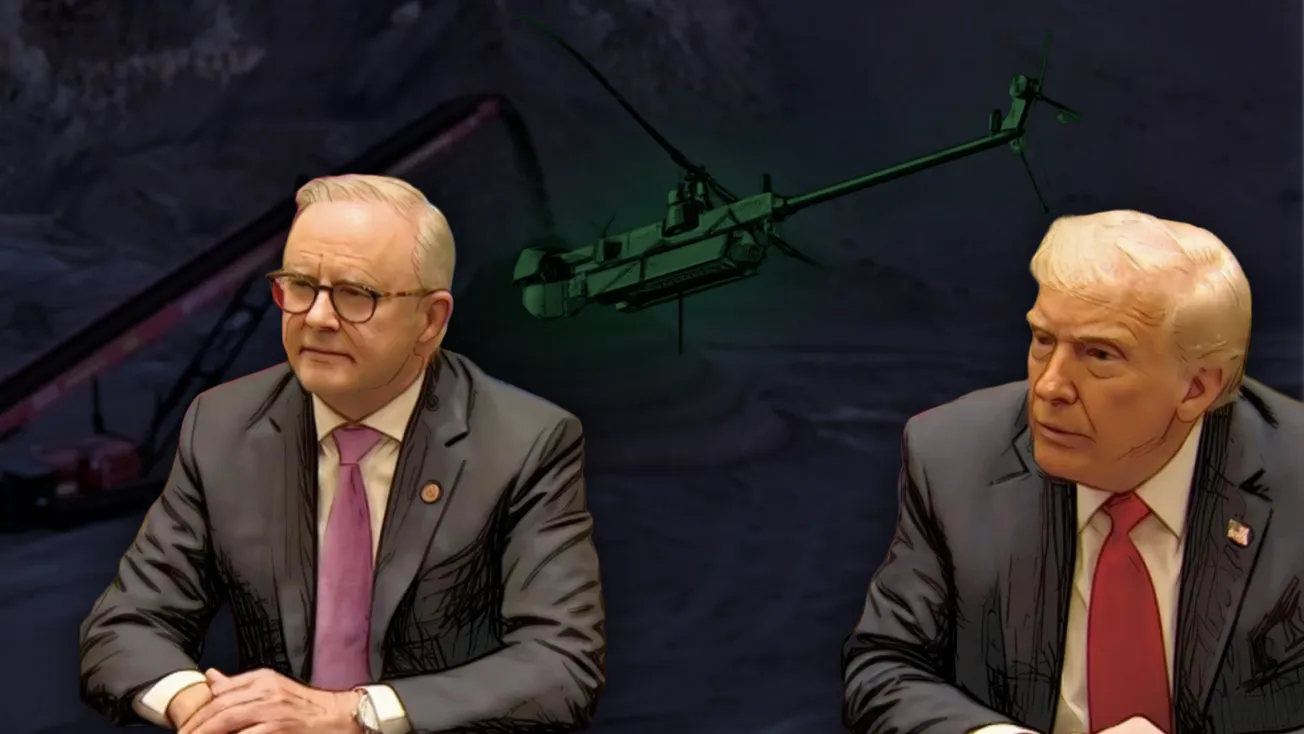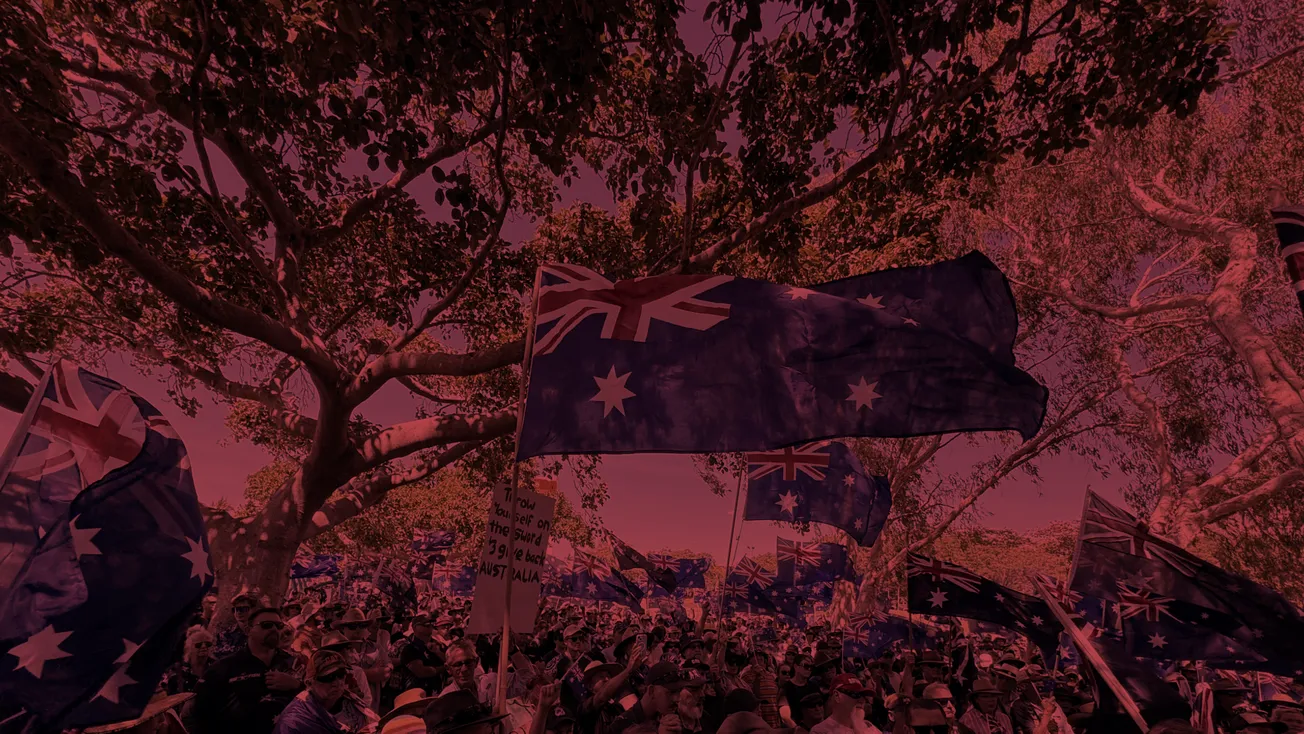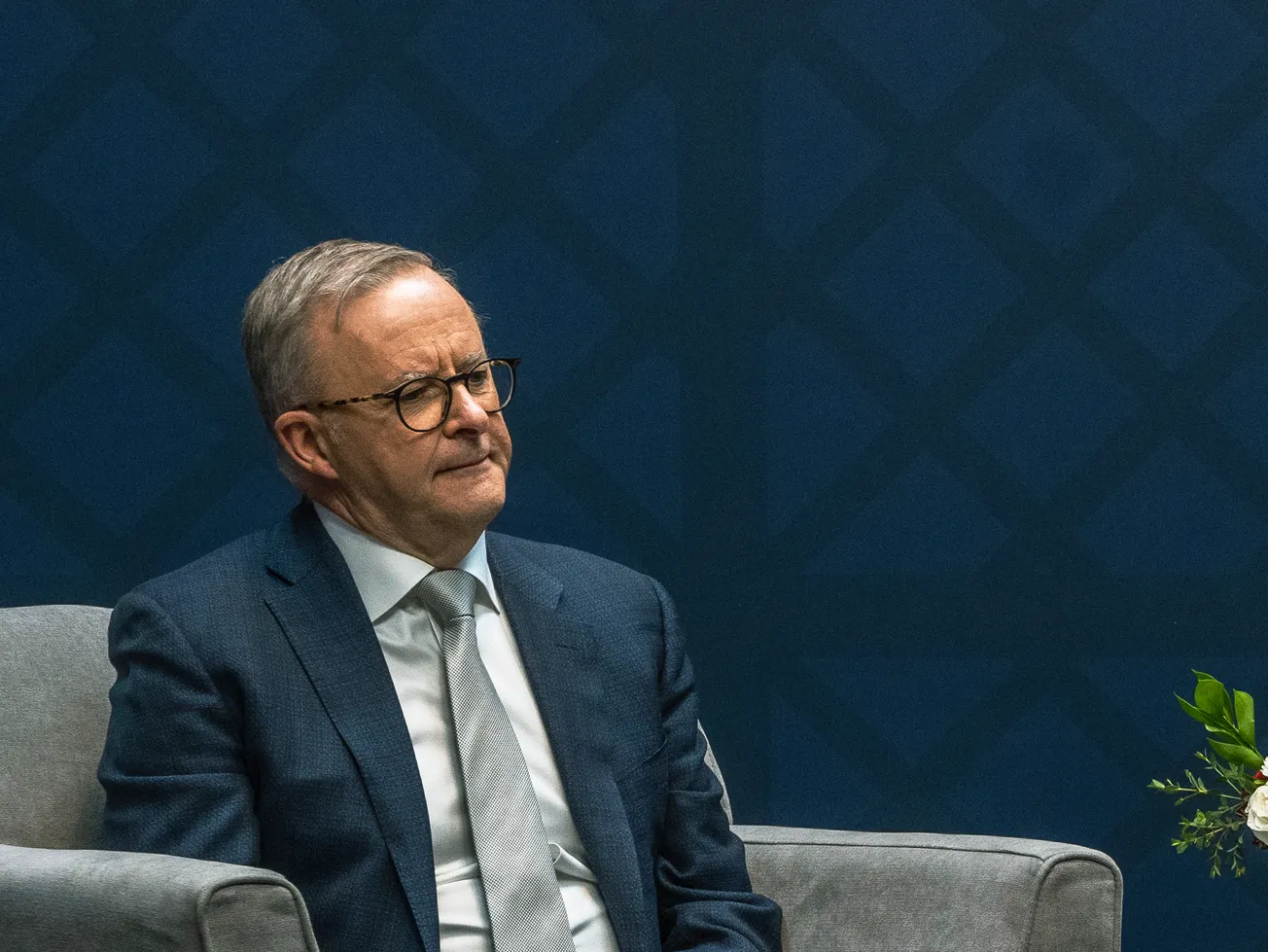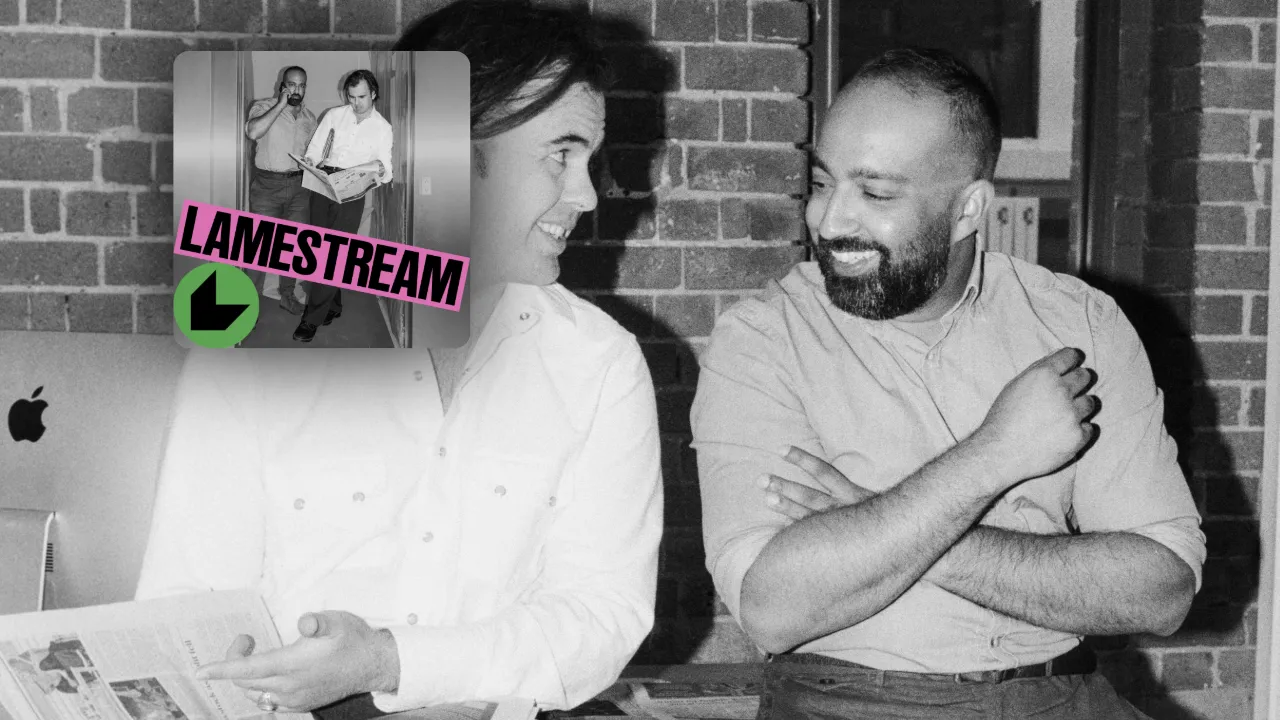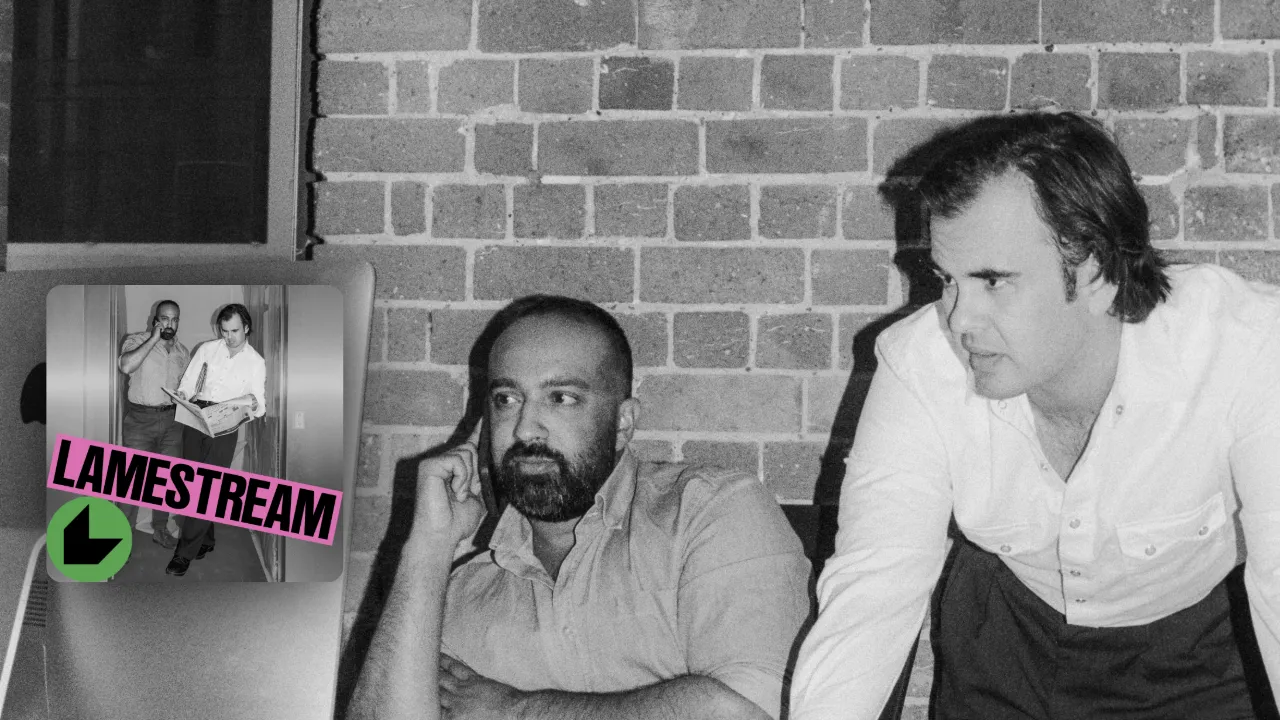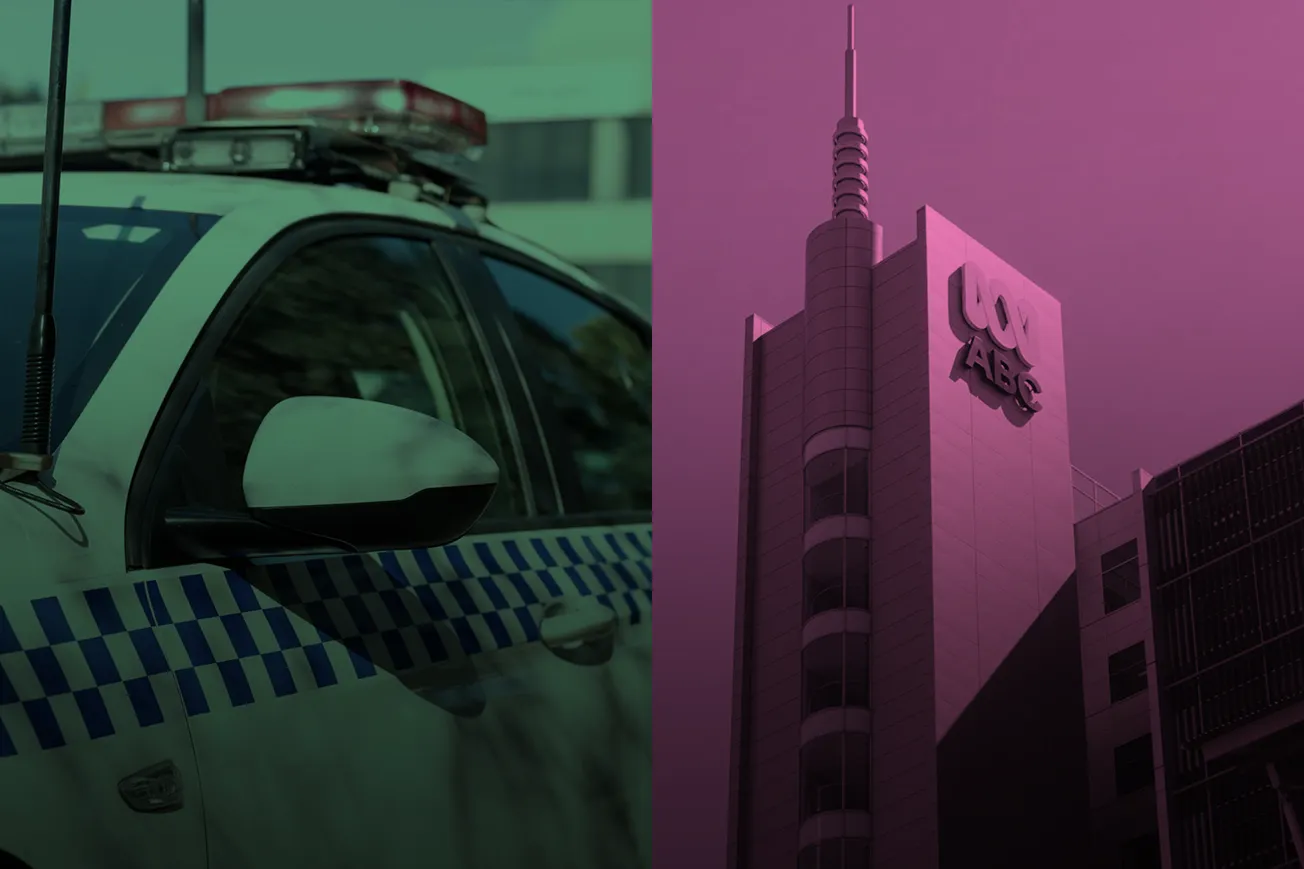One of the trickiest things when it comes to writing about elections is avoiding the temptation to over interpret what the results mean and draw out some kind of broad narrative or reflection on the "state of the nation".
Why? Well, we only get a real time pulse-check of the public's political sentiment every three years, so using that datapoint to explain what's going is extremely tempting. But elections rarely only tell one story. Sure, there is such a thing as a national mood, but there's 150 distinct House of Representatives races with different local issues and dynamics, complicated Senate races in every state, and in this particular election, more non-traditional (Labor vs. Coalition) contests than ever.
That doesn't mean there isn't a lot this election has revealed about the state of Australian politics. It's just messier, more contradictory, and more fascinating than ever. In this post I'll try and unpack some of the clear narratives that have emerged, discuss what the election means for different parties and provide some analysis about what could lie ahead for the next three years.
Scott and I also discussed some of the key takeaways on our special post-election podcast, which is very much worth listening too.
#1 This was a catastrophe for the Coalition
There isn't any other way to describe it. Whatever momentum Peter Dutton and the Coalition had after the unsuccessful Voice referendum evaporated once the campaign started. The Coalition's policy platform was incoherent and unpopular.
On top of that, Labor was successfully able to turn the election into a referendum on Dutton, an issue the Liberals in particular couldn't come back from due to their leader's long term unpopularity.
Towards the end of the campaign Liberal strategists talked up the possibility of winning a stack of seats off One Nation preferences, but neither the boost to One Nation's vote, nor the higher-than-expected preference flow to the Coalition actually materialised. It's clear that the Coalition's focus on hard-right social issues is alienated younger Australians in the city and in the suburbs, and they are also failing to make inroads in migrant communities that make up a growing part of outer-metro electorates.
The one glimmer of good news for the Coalition is that they remain a fighting chance of winning back the Teal seats of Kooyong and Goldstein in Melbourne, and may still hold Bradfield in Sydney. But it's likely that the party will end up it's worst result since World War II.
#2 Labor's victory was massive, but there are warning signs
Labor ended up recording a primary vote, and two-party-preferred vote, slightly higher than the polls predicted, comfortably fending off minority government and likely recording their biggest parliamentary majority since World War II.
Seats the party was worried about losing to the Liberals in the outer-suburbs, ended up posting massive swings towards them. The party won Dutton's seat of Dickson and won back the seat of Griffith of the Greens' Max Chandler-Mather. They also fended off the Greens in Richmond, look likely to have held onto Wills and could even snatch Adam Bandt's seat of Melbourne.
It's undeniably a strong result for Labor, but despite their thumping parliamentary majority, there are fresh signs the party is vulnerable in some of it's safest areas.


